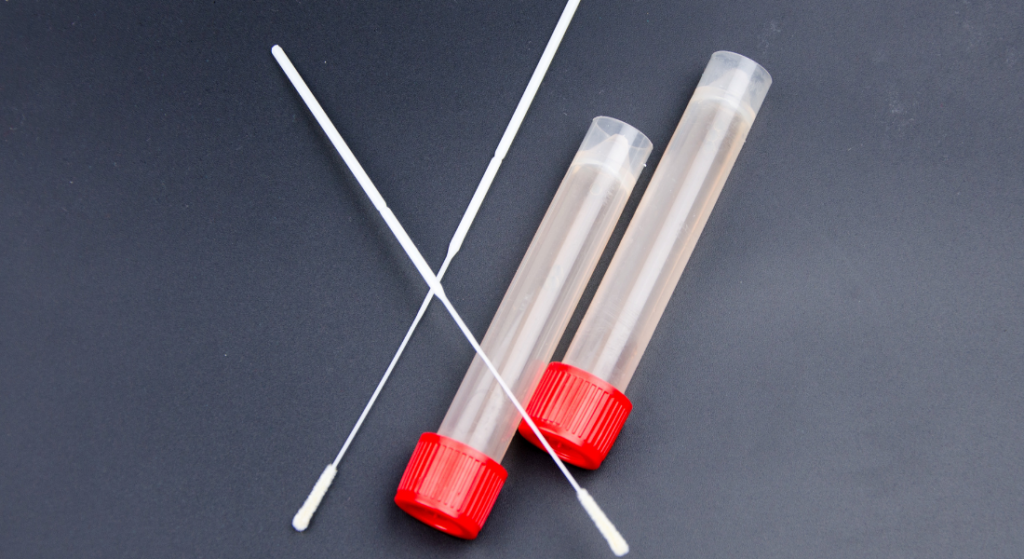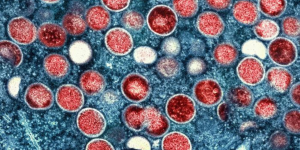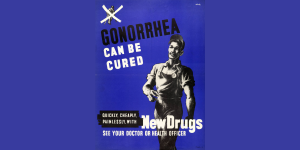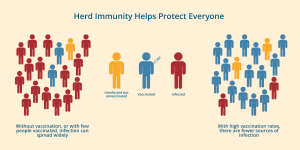
There Are Two New Drugs to Treat Gonorrhea
The FDA approved two new drugs to treat gonorrhea The new drugs—gepotidacin and zoliflodacin—are both new kinds of antibiotics and represent the first completely new treatment options in over thirty years.

Visby recently announced promising results of a clinical trial that could bring lab-quality STI testing into our homes. The new, completely at-home PCR test for chlamydia, gonorrhea, and trichomaniasis could allow people to test themselves and get results and treatment within a matter of hours. If it gets FDA approval, this would join other FDA-approved tests at-home tests for syphilis and HIV.
Most STI tests are processed by a lab. Traditionally, you would go to a doctor’s office or clinic, a provider would collect a sample (often by swabbing your vagina or urethra), and that sample would be sent to a lab for analysis using special equipment.
Today, there are two additional options. Some providers offer “point-of-care” tests. This means that they collect the sample and run the test right there in the office (like the way a pediatrician runs a rapid strep test.) You may get the test results while you’re still in the office or your provider may call you with them in a few hours.
There are also many “at-home” test kits on the market. These kits allow you to skip the doctor’s office altogether by giving you the swabs and tubes you need to collect samples at home. You don’t get to skip the lab, however. You send your samples to a lab and get the test results back usually within a few days or a week. (The only exception to this is OraQuick, a rapid HIV test that uses a saliva sample and offers at-home results in 20 minutes. The at-home syphilis test, First To Know Syphilis Test, can give preliminary results at home in about 15 minutes, but a second test to confirm the results must be done at a provider’s office. )
Visby is hoping to change this with a truly at-home vaginal test for some of the most common bacterial STIs. The test kit includes a swab (so users can collect a vaginal sample), a tube with buffer solution, a syringe, the PCR test device itself, and a code for downloading a corresponding app. The app provides video instruction on how to collect a sample, place it in the buffer solution, and load it into the PCR device. The app then takes an image of the results from the device, generates a PDF, and offers access to telemedicine provider who can treat the STI(s) if needed.
The company recently presented results of its clinical trial at ID Week, an annual meeting of infectious disease specialists. The goal of the study was to see if the at-home test kit produced the same quality results as tests in other settings. It was less about the technology and more about whether users could follow the instructions, collect viable samples, and use the PCR device. The trial included 2,203 female users over 14 who performed the test in “simulated at-home settings.” Participants were not trained in advance and did not get any help from study staff. According to the company, the results were comparable to those conducted in a lab.
While most infectious disease experts who attended the presentation were impressed with the results, some had concerns. A few questioned how/whether these results would be properly reported to the Centers for Disease Control and Prevention (CDC) and local health departments. Others wondered whether users would inform their sexual partners of positive results. In addition, attendees were concerned about the price of the device (which is not yet determined) and the fact that it is for one-time-use only.
Still, most experts agree that more options for STI testing are important. Chlamydia, gonorrhea, and trichomaniasis are common STIs that have no symptoms. They can all be cured with antibiotics, but infections that are not detected and treated can lead to long term health consequences. The quicker an infection is caught and treated, the less likely it is to be spread to others.
The at-home PCR test has not yet been cleared or approved by the FDA.

The FDA approved two new drugs to treat gonorrhea The new drugs—gepotidacin and zoliflodacin—are both new kinds of antibiotics and represent the first completely new treatment options in over thirty years.

The American Cancer Society (ACS) released new recommendations for cervical cancer screening that focus on HPV testing and approve the use of self-collected samples. The recommendations also clarify the age at which screening should start and stop.

Public health officials in England announced that they have identified a new combined type of mpox. Tests show the virus was a unique mix of the two known types of mpox and experts are concerned about what this means for future spread of the virus.

A committee that advises the Centers for Disease Control and Prevention (CDC) made an alarming change to the recommendations for the hepatitis B vaccine that will leave some infants unprotected.

The Centers for Disease Control and Prevention (CDC) recently made striking changes to its online information about the connection between vaccines and autism that put the agency on the wrong side of science.

A new report from the World Health Organization (WHO) warns of rising levels of drug-resistant gonorrhea. The data comes from reported cases of gonorrhea in 12 countries across five WHO regions.

We’ve known for years that the HPV vaccine works. Now new research shows that widespread vaccination even protects those who haven’t gotten the shot. This study proves that it is possible to reach herd immunity for HPV.

A more serious type of mpox may be spreading California. Three people in the state were hospitalized with the virus.
ASHA believes that all people have the right to the information and services that will help them to have optimum sexual health. We envision a time when stigma is no longer associated with sexual health and our nation is united in its belief that sexuality is a normal, healthy, and positive aspect of human life.
ABOUT
GET INVOLVED
ASHA WEBSITES
GET HELP
© 2025 American Sexual Health Association